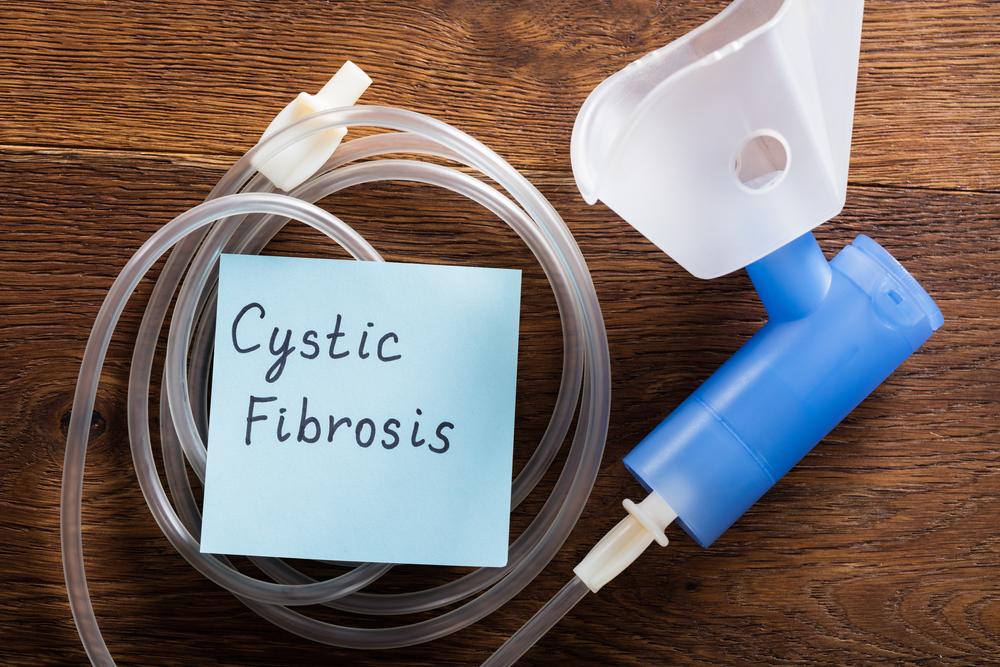Hypertonic Saline Prolongs Mucus Clearance in Adult CF Patients, Study Finds

A single dose of inhaled hypertonic saline (HS) solution increases mucus clearance for at least four hours in adults with cystic fibrosis (CF), concludes researchers at the University of North Carolina and John Hopkins University.
Their study, “Hypertonic saline has a prolonged effect on mucociliary clearance in adults with cystic fibrosis,” appeared in the Journal of Cystic Fibrosis. It was jointly funded by the Novartis Institute for BioMedical Research, the Cystic Fibrosis Foundation and the National Institutes of Health.
A previous clinical trial of 164 patients over the course of one year showed that twice-daily inhalation of a 7% HS improved lung function, reduced pulmonary exacerbations and decreased the need for antibiotic treatments. At present, about 70 percent of CF patients over the age of 6 take HS.
So far, none of the HS studies have addressed whether a single HS dose is enough to endure better mucus clearance, or if repeated daily doses are required.
This new study, meant to answer that question, consisted of 13 adults with CF-related lung disease. Researchers determined mucociliary clearance rates in three separate conditions: no HS, after 15 minutes (acute response) and four hours (prolonged response), and after one dose of inhaled 4 mL of 7% HS. Each condition was tested independently and on separate days for each individual.
In patients already undergoing HS and dornase alfa or bronchodilator treatment, these were withheld for at least three days or six hours, respectively, before the day of the test. One subject on Orkambi (ivacaftor/lumacaftor) remained on that therapy during the study.
Mucociliary clearance was measured as the mean lung particle clearance following a single administration of aerosolized radiolabeled particles.
Four hours following HS treatment, lung particle clearance increased by 21.8 percent, compared to 13.8 percent among those not given HS. Coughing was similar in the treated and non-treated conditions. Although 15 minutes after HS the mucociliary clearance was not statistically significant, it showed the same positive tendency as at four hours post-HS.
Overall results suggest that the clinical benefits seen for HS in CF patients derive from its long-lasting effects rather than repeated short-term effects on mucus transport.
The fact that a single dose is sufficient to accelerate mucus clearance in CF patients for at least four hours contrasts with the effect of HS in healthy subjects, where no prolonged improvement was seen. Such lack of prolonged response to HS was previously seen in children under 6 years without reduced lung function.
Researchers acknowledged the diversity of the CF population which, due to differences in age or disease severity, can have a strong influence on treatment outcomes. Therefore, studies addressing the effect of treatments in different groups of patients are needed.
“The need for long-acting non-osmotic hydrators…is supported by the observation that individual patients and different disease phenotypes may have less robust responses to an osmotic hydrator such as HS,” researchers wrote. “By further delineating the physiologic effects and pharmacodynamic profiles of HS in different populations, we may be able to achieve more personalized treatment approaches that accentuate the benefits of therapies like HS while reducing the amount of ineffective use and potential side effects.”







